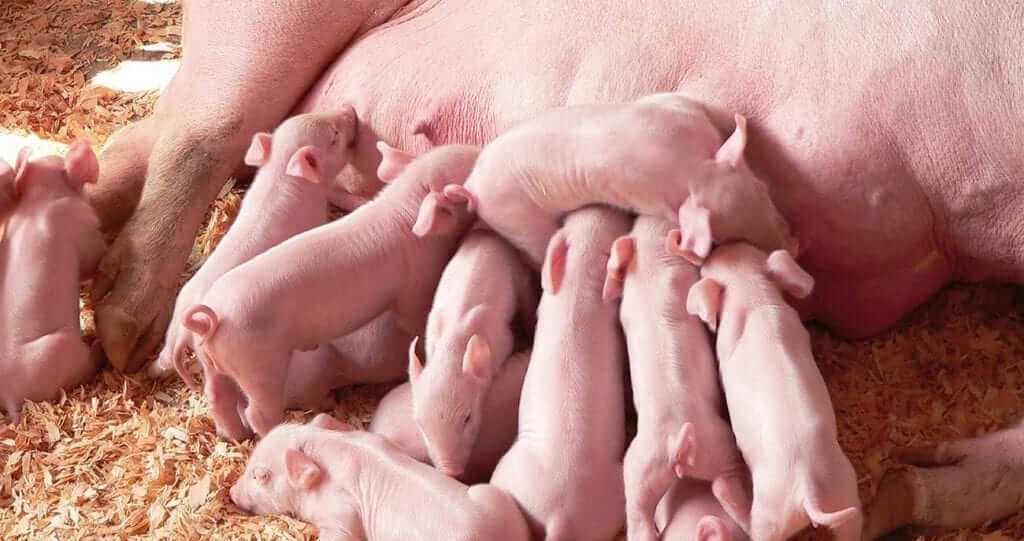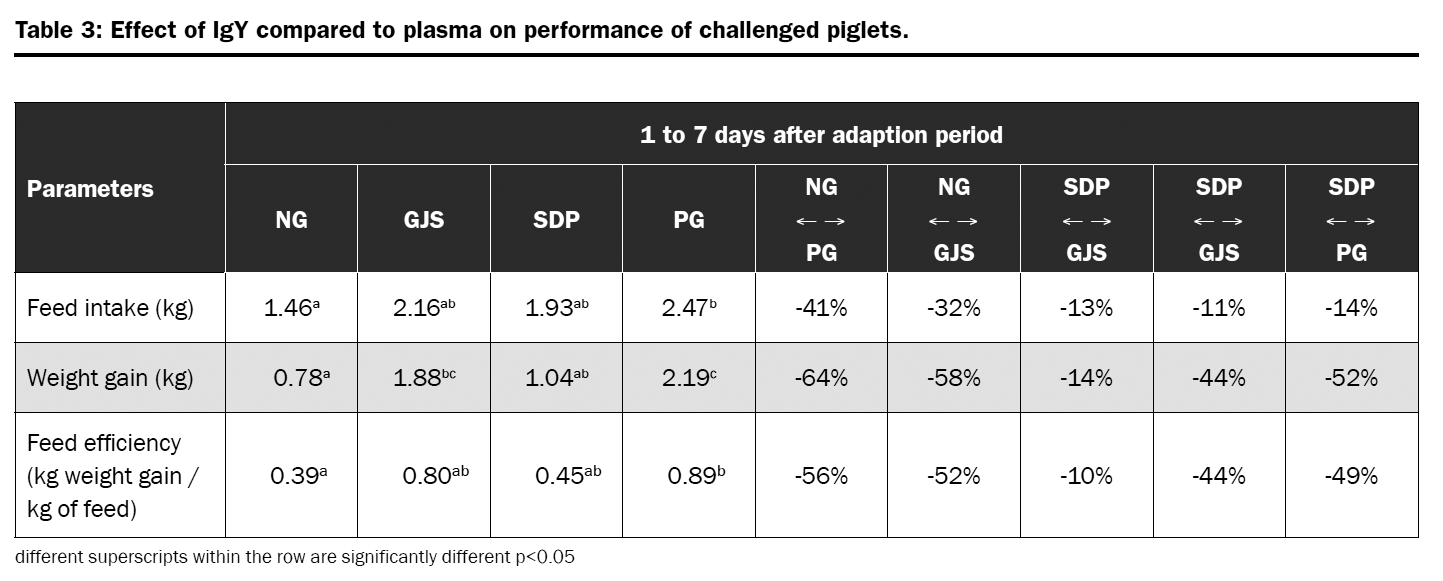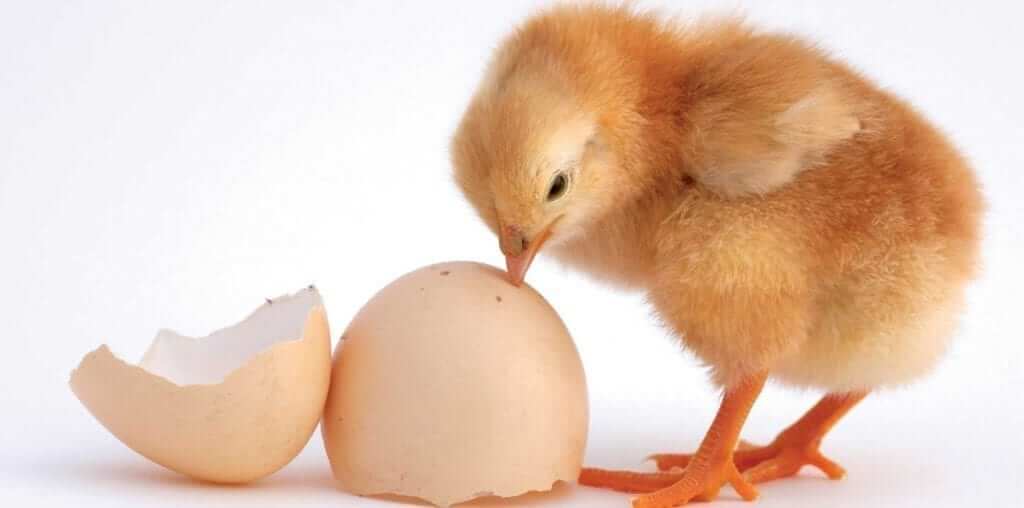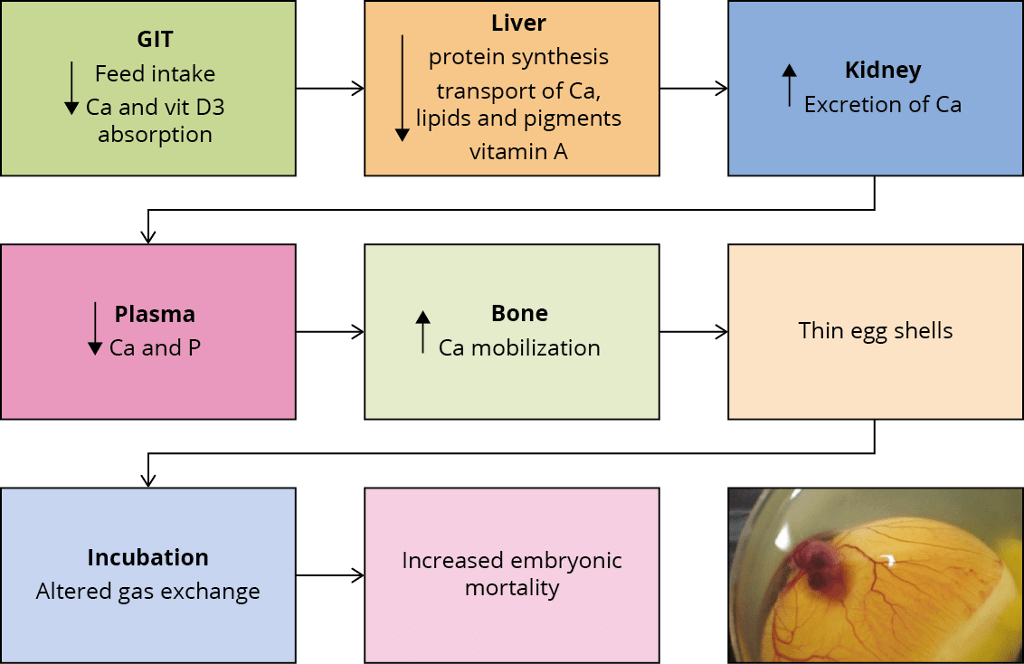Egg immunoglobulins as a plasma replacer


Animal plasma has been widely used in piglet feeding, not only as a protein source, but also as a tool to reduce gastrointestinal disorders after weaning.
Drs FELLIPE BARBOSA and INGE HEINZL* consider a safe alternative in order to keep animals healthy and to avoid loss of performance.
The recent developments surrounding the health risks associated with using animal plasma as a piglet feed ingredient is growing serious concerns in China. After the reported cases of African swine fever (ASF) commencing in August 2018, the Chinese government decided to ban the use of pig blood (and its by-products) in animal feed for some time.
The reason for the temporary ban of pig blood ingredients: African swine fever.
ASF is a viral disease of pigs and wild boars. The virus causes a lethal hemorrhagic disease in pigs. In some cases, the death of infected animals can occur during one week after the infection. There are no vaccines against the ASF Virus. When it hits the herd it is virtually impossible to stop its spread contaminating all animals.
Spreading of the virus occurs as follows:
• contact with contagious pigs from infected areas,
• contact with contaminated materials, being fed with kitchen waste and
• non-trusted animal origin feed ingredients.

There is a risk of pig blood carrying different types of viruses like ASF virus. Therefore, from time to time the use of ingredients based on blood is questioned by pig producers. To minimise this risk, the use of ingredients derived from pig slaughterhouses (including animal plasma) in pig feed is no longer allowed in China. This measure will cause not only a protein deficit in piglet feeds but also reduced protection of weaned piglets when intestinal disorders are concerned.
Immunoglobulins from animal plasma and its benefits on reducing post-weaning diarrhea (PWD)
The use of animal plasma has a positive effect on post-weaning performance of piglets. It is generally known that as a palatable ingredient, animal plasma stimulates feed intake. This results in better growth and a higher post-weaning performance in piglets. However, a closer inspection on the mode of action of spray dried plasma reveals its properties as an immune-ingredient and shows its supporting effect on the overall health status of the animals. Scientific publications showed that the positive influence on growth when feeding plasma to piglets is mainly due to its “immunoglobulin fraction”. This assigns to plasma a specific role in nutrition of weaned pigs to prevent PWD and to reduce the need for antibiotics.
Egg immunoglobulins: a natural way of protecting weaned piglets
Globigen® Jump Start (EW Nutrition GmbH) is a functional and standardized product based on whole egg powder. It contains natural immunoglobulins (IgY – “immunoglobulins from yolk”) mixed with a carrier. IgY are cells of the immune system from birds similar to the IgG in mammals. They have the main function of identifying and neutralizing harmful substances in the body. IgYs are obtained through a non-invasive process and are natural ingredients from eggs. There is no connection with blood and slaughter by-products and therefore no risk of carrying animal diseases.
Globigen® Jump Start is used to support piglets during critical stages of life, as long as their natural immunity is not completely developed. Scientific data confirmed that the IgY present in egg powder are capable of supporting intestinal health and growth performance of newly weaned piglets. More recently, also the possibility of using immunoglobulins as alternatives to zinc oxide (ZnO) and in-feed antibiotics (Hedegaard et al., 2017; Li at al. 2015) were evaluated with promising results.

Better results than plasma IgG: understanding the antigens causing post-weaning diarrhea
Animal plasma is a by-product of the meat industry. The animals slaughtered were possibly exposed to various diseases over their whole life. It cannot be considered as a standardized product in terms of immunoglobulins (either quantity nor quality). The Ig contained could be useful but also totally useless, depending on the pathogens the animals have been confronted with. As a source of immunoglobulins Globigen Jump Start is a costefficient and effective alternative to replace plasma in piglets’ diets. Its IgY content will have the same protection effect in the gut as IgG, but the nutritionist will have the possibility of choosing different protein sources in the market, either because of price or availability of raw materials. Our recommendation is that 40kg of plasma can be replaced by 2kg of Globigen Jump Start supplied with different high digestible protein sources.
A piglet trial was conducted with the objective of evaluate the efficacy of egg immunoglobulins on performance parameters of weaned piglets and to evaluate it as a substitute for animal plasma. Piglets were challenged with F4 and F18 entertoxic E. coli (ETEC) strains and feed either 2kg of Globigen Jump Start (GJS) or 40kg of spray dried plasma (SDP) in the weaner diet. The comparison was also done to a negative group (NG – microbiological challenge and no protection in the diet); and a positive group (PG – no microbiological challenge and antibiotics + ZnO in the diet).
Piglets from NG had lower feed intake, weight gain, and feed efficiency than animals from PG. The same was observed for piglets from GJS and SDP group. However, the impact of bacterial challenge on weight gain was lower for GJS piglets than for SDP (-14% and -52% when compared to PG); whereas feed intake was similar for both groups (-13% and -14% when compared to PG). The results showed that piglets receiving GJS where more efficient on converting feed into growth even when challenged when compared to SDP animals.

Trial conclusion
In this trial, the product based on egg immunoglobulins showed better influence on the performance of piglets than blood plasma. This may be due to the fact that the quality of the plasma depends on the animals slaughtered and on their contact with diseases, determining how much and which antibodies are available in this feed.
Additionally, blood plasma includes the danger of infectious diseases.
Safe and standard: free of swine related diseases and ruminant material
EW Nutrition clearly understands the importance of maintaining standardisation. It is a key factor for the customers to have a product that they can depend on every day.
Therefore, trough specific steps during the production of Globigen products, EW Nutrition ensures product quality. During production, all eggs are pasteurised and dried to a whole egg powder. In between steps include microbiological analysis, Salmonella, and avian disease controls to ensure the final product is free of the mentioned threats. Furthermore, as Globigen products are originated from laying hen farms there is no risk of contamination with any swine disease, like the devastating ASF. Finally, Globigen products do not contain any raw materials produced from, or substances derived from ruminants nor do the products come in contact with risk materials during the whole process (not be at risk for carrying transmissible spongiform encephalopathy or bovine spongiform encephalopathy – BSE).
ASIAN FEED MAGAZINE – February/March 2019



